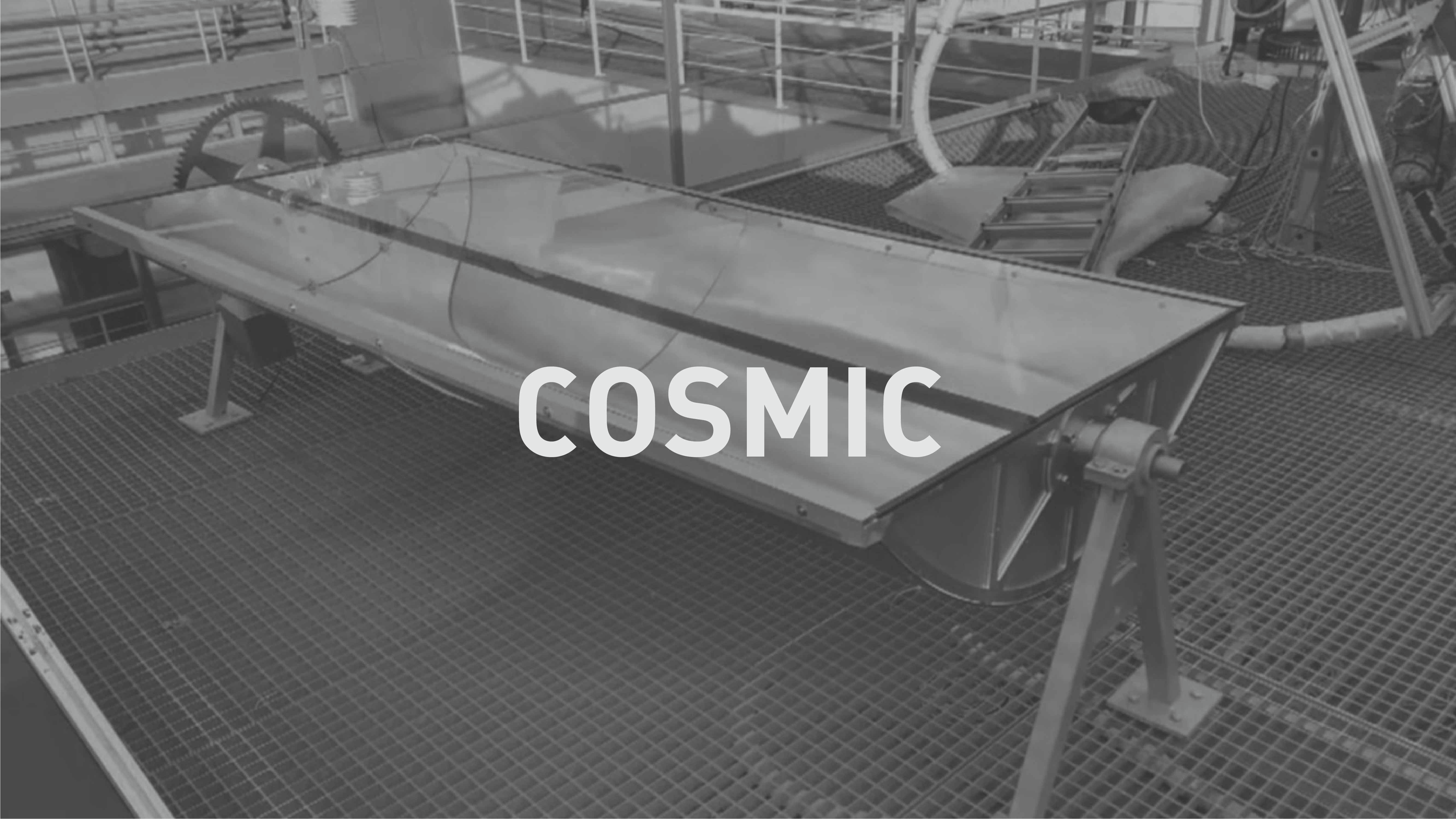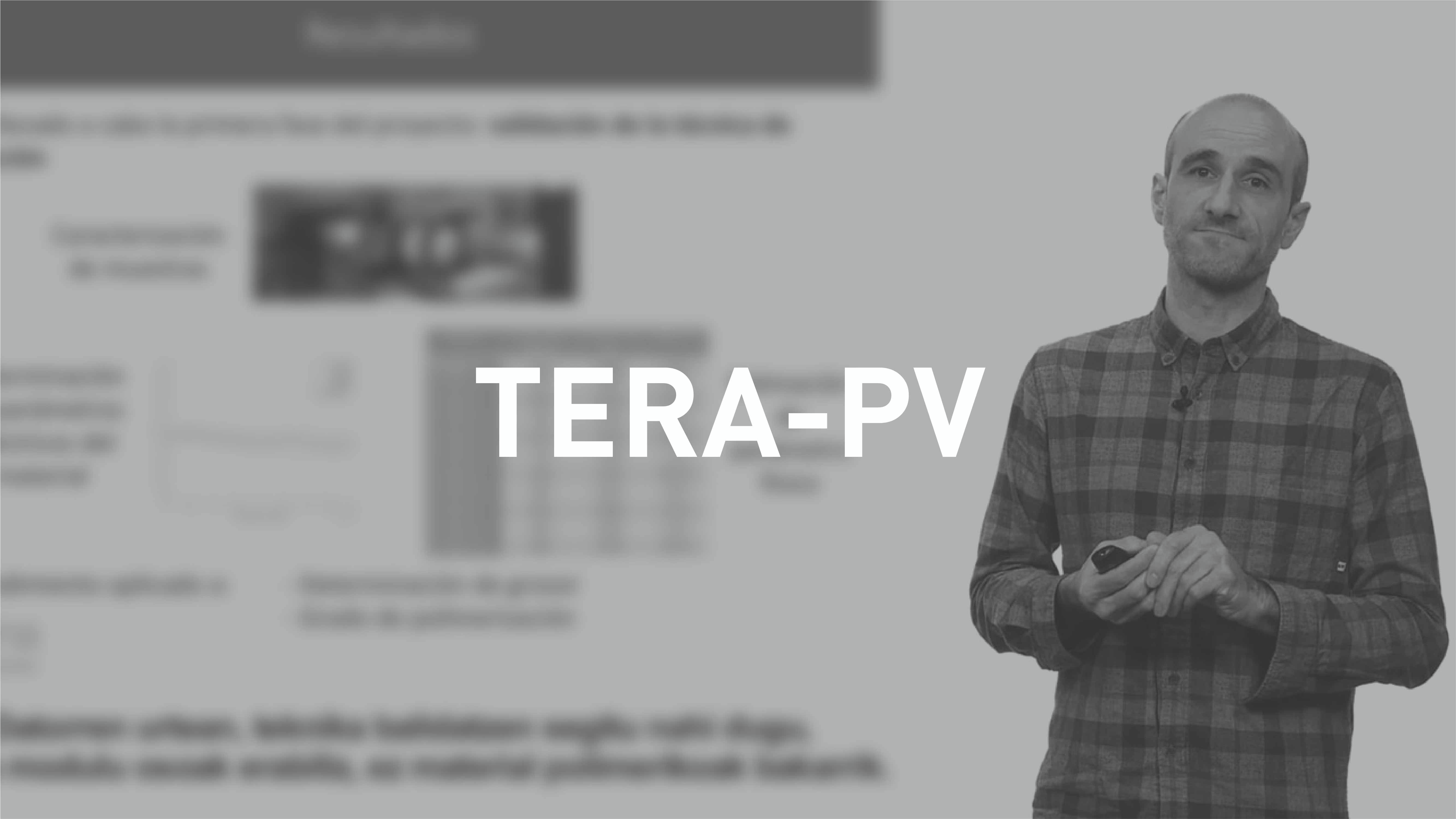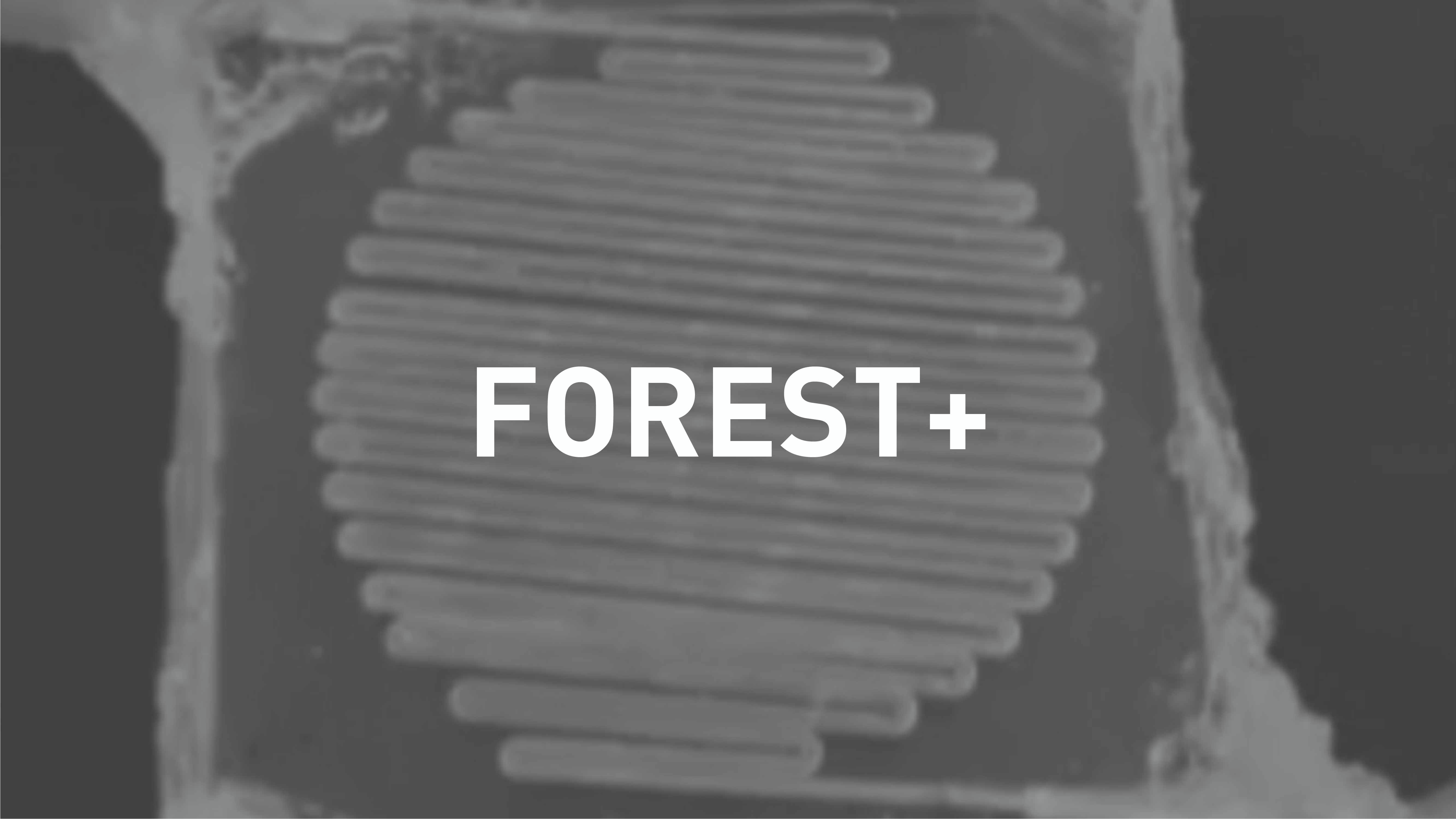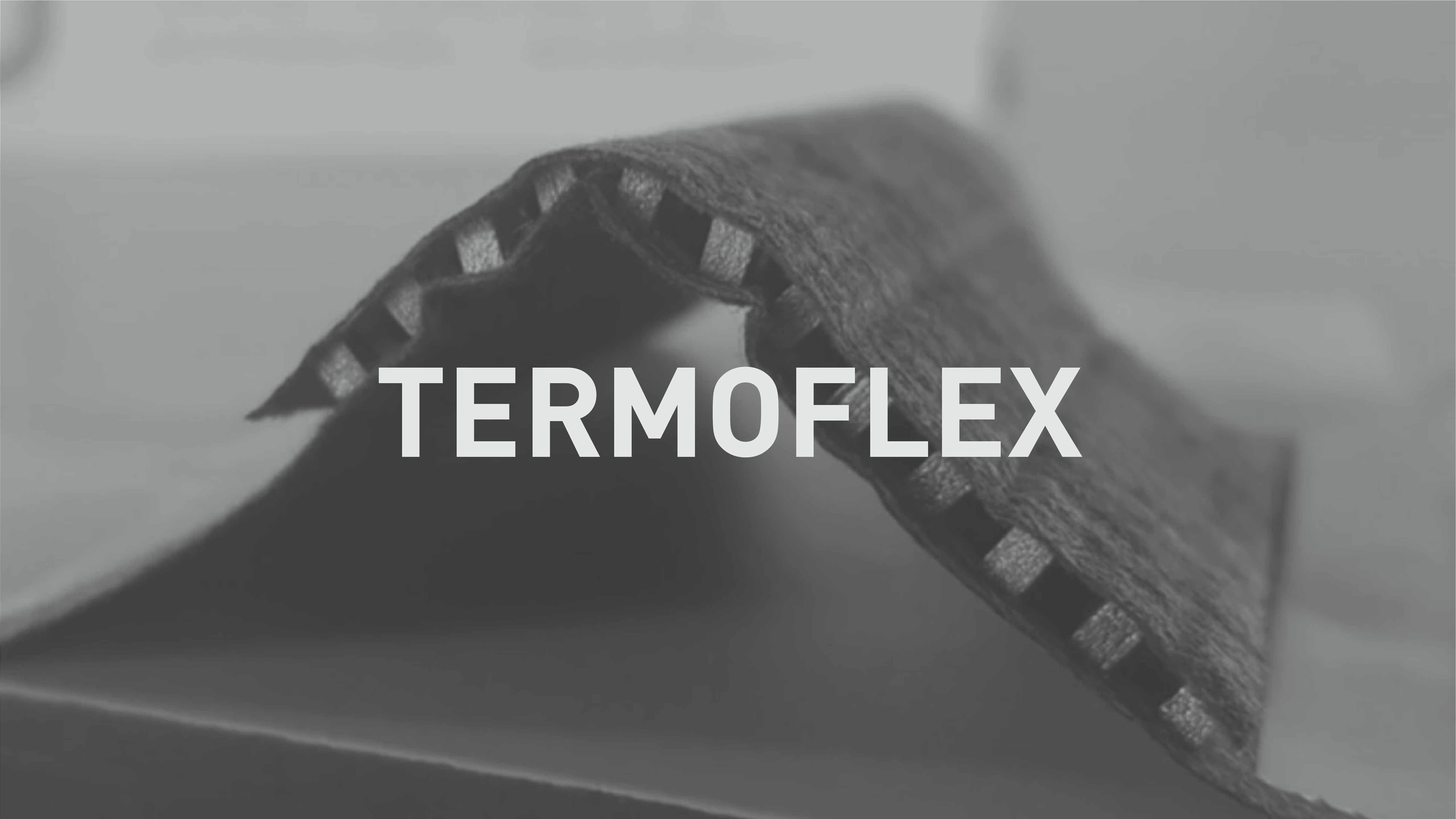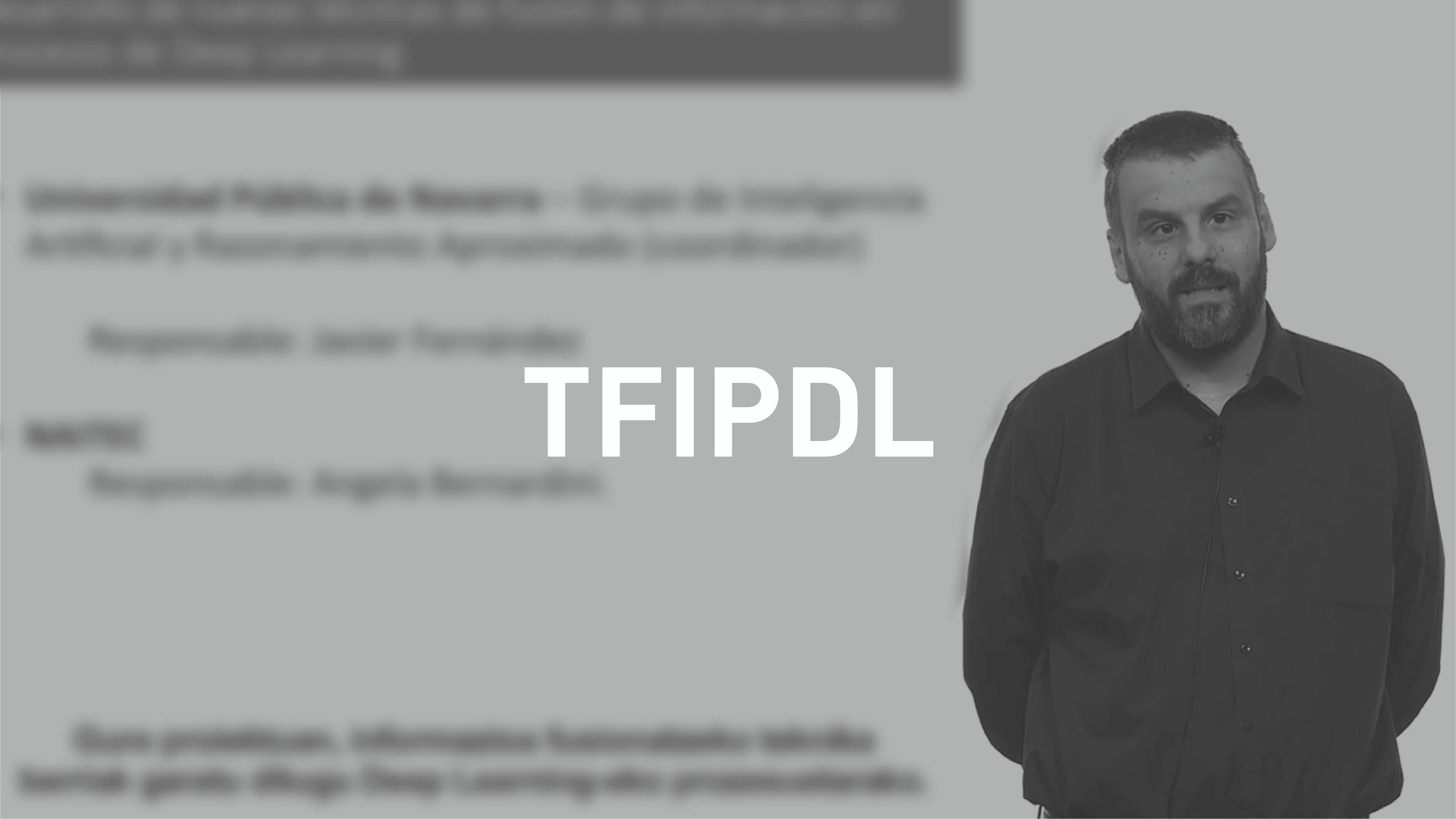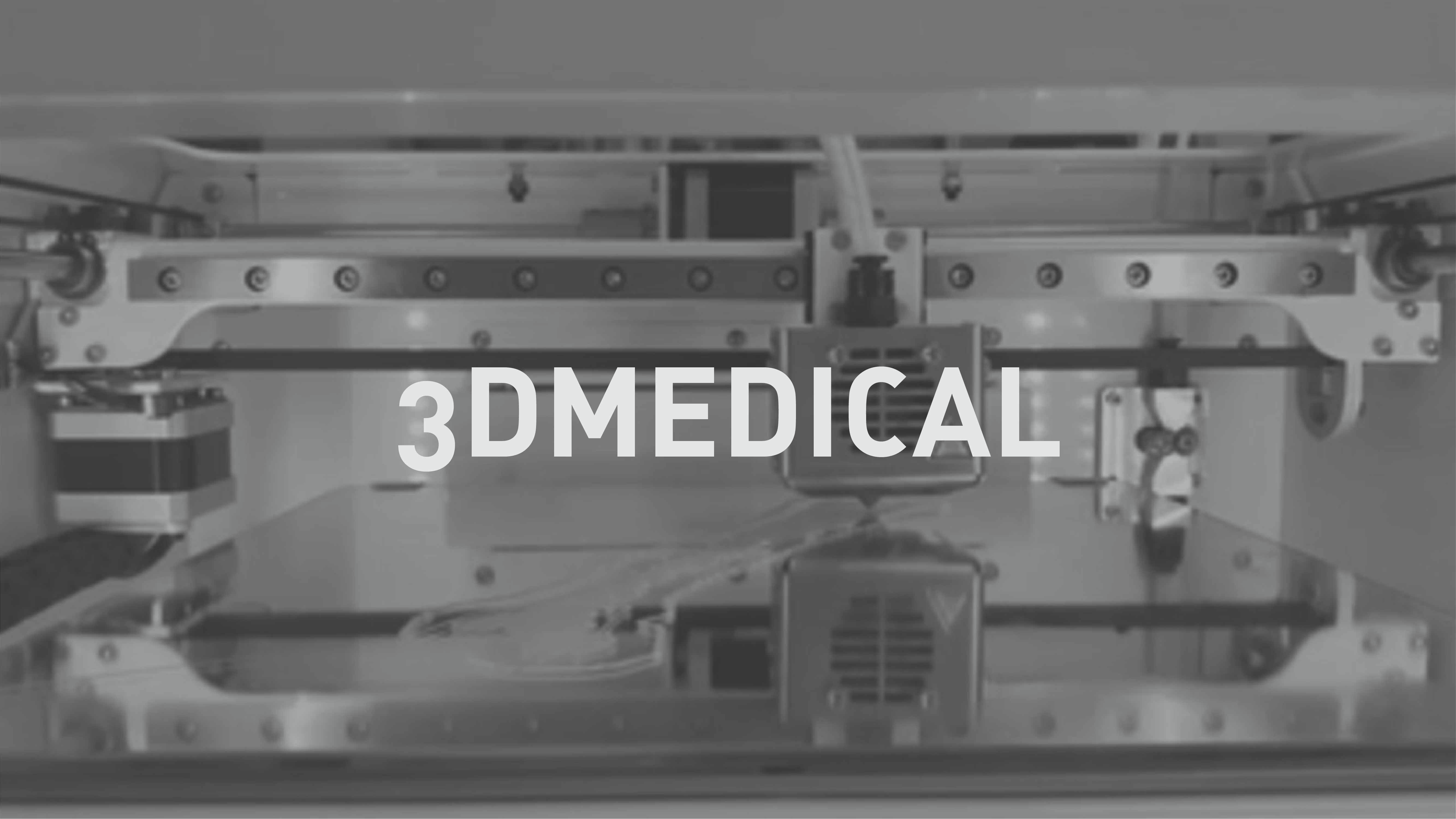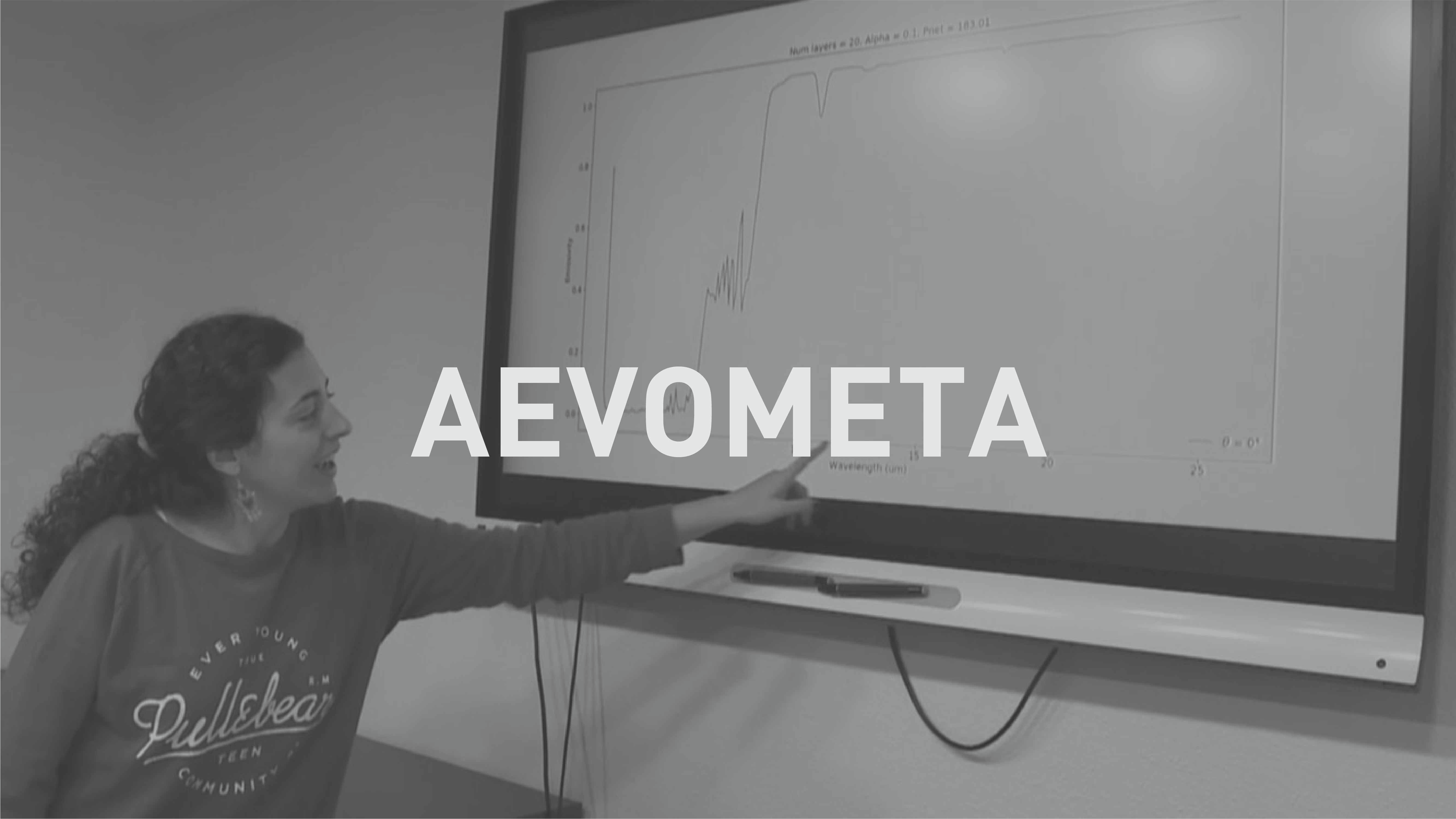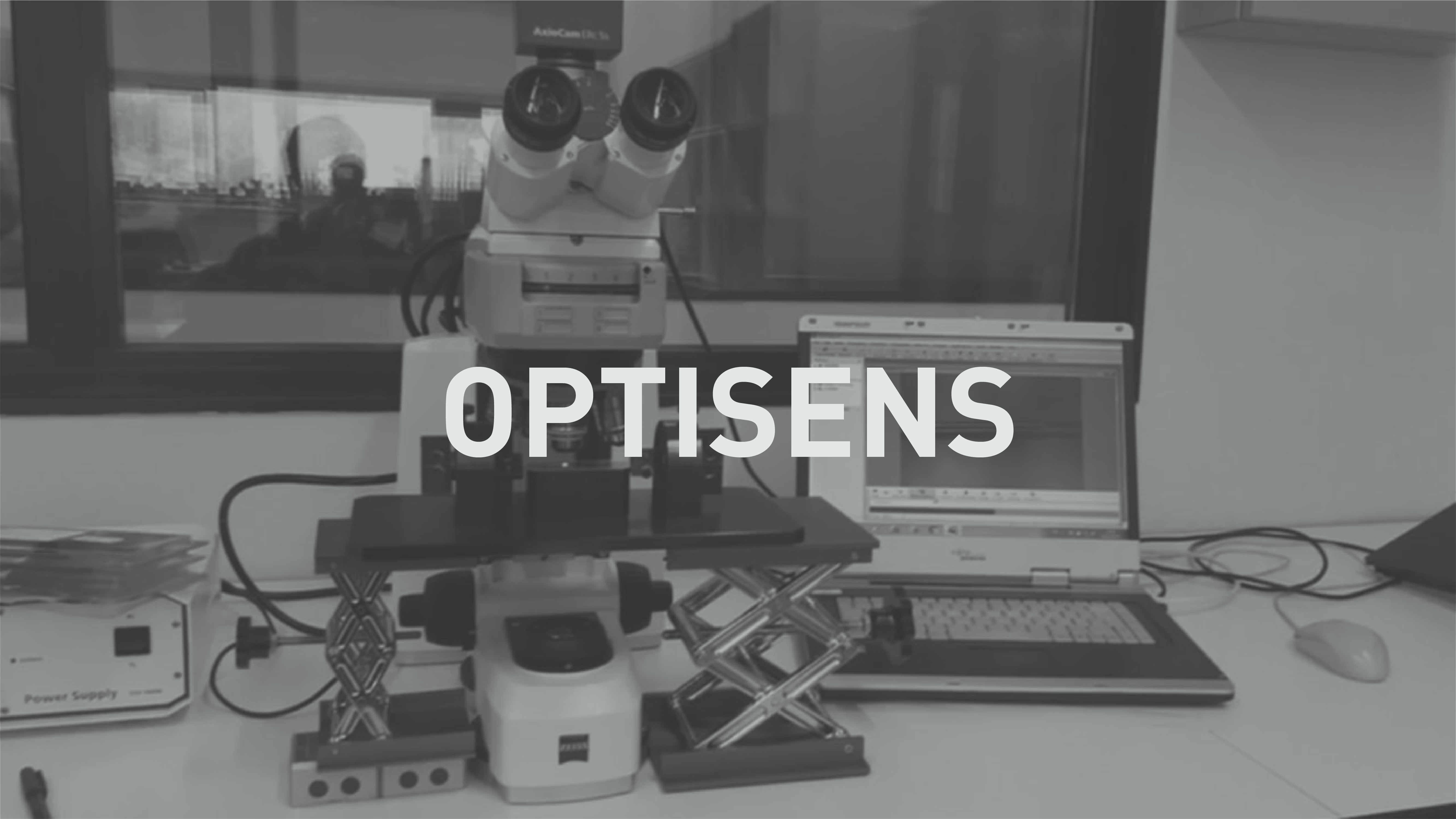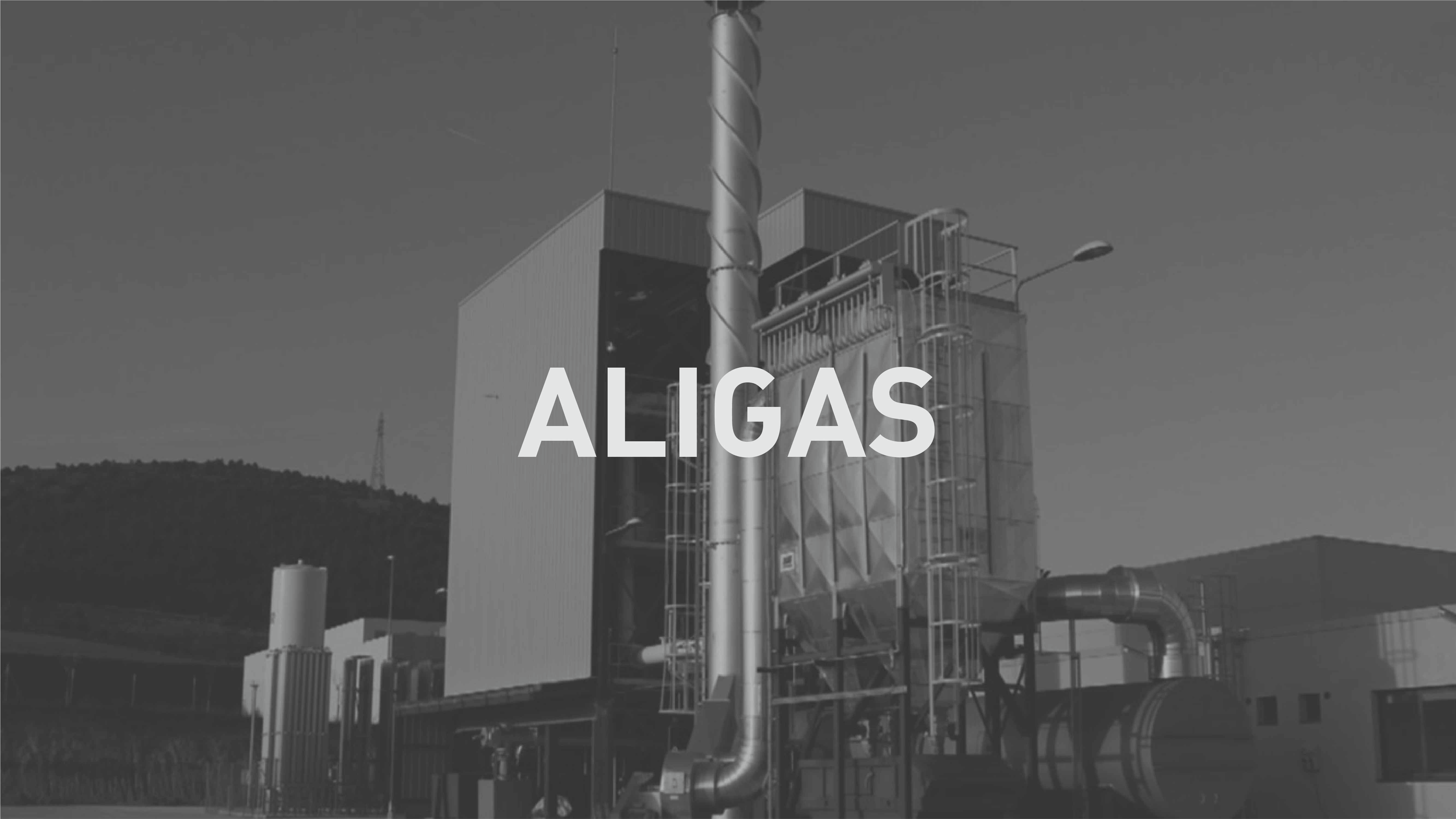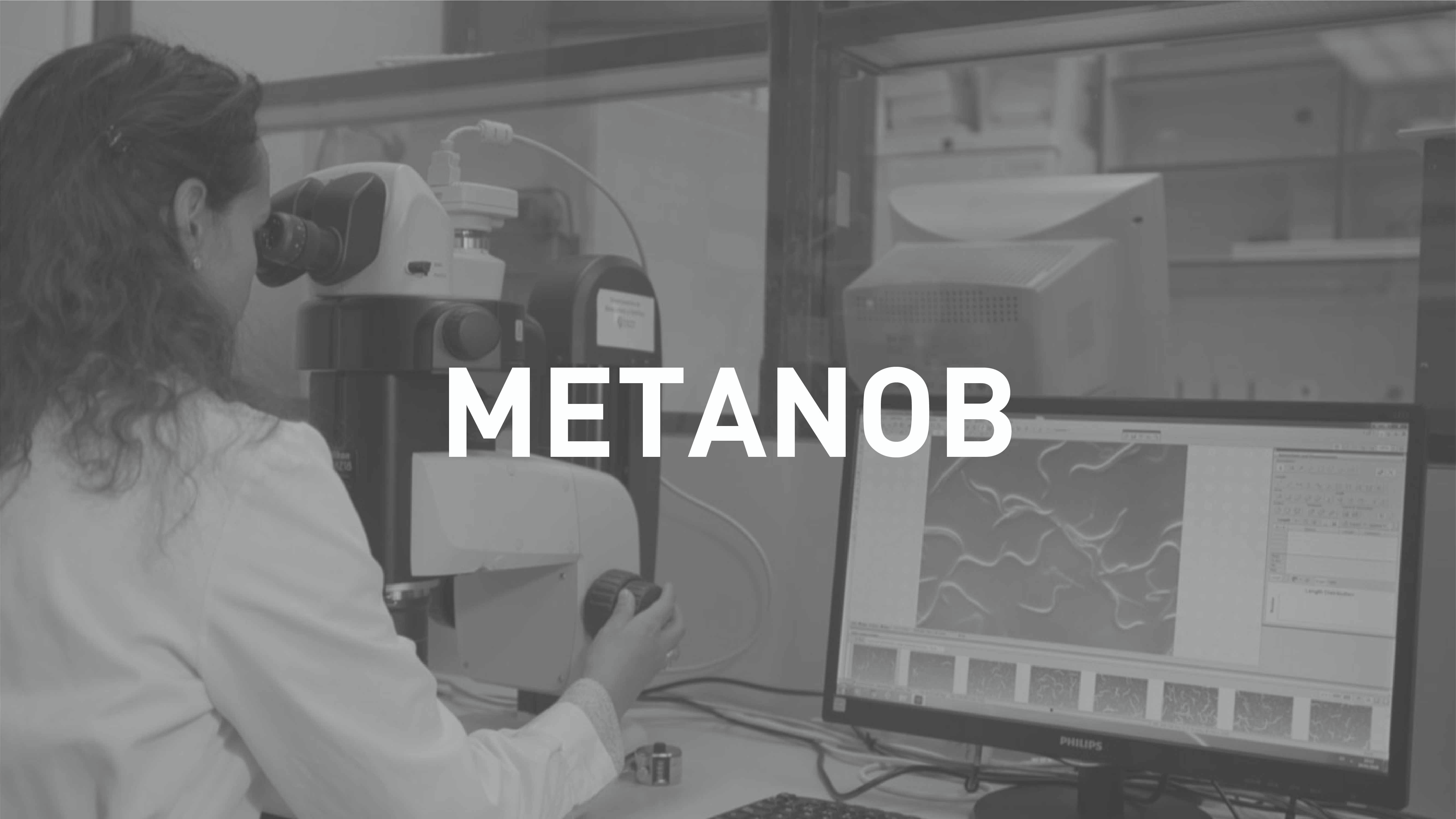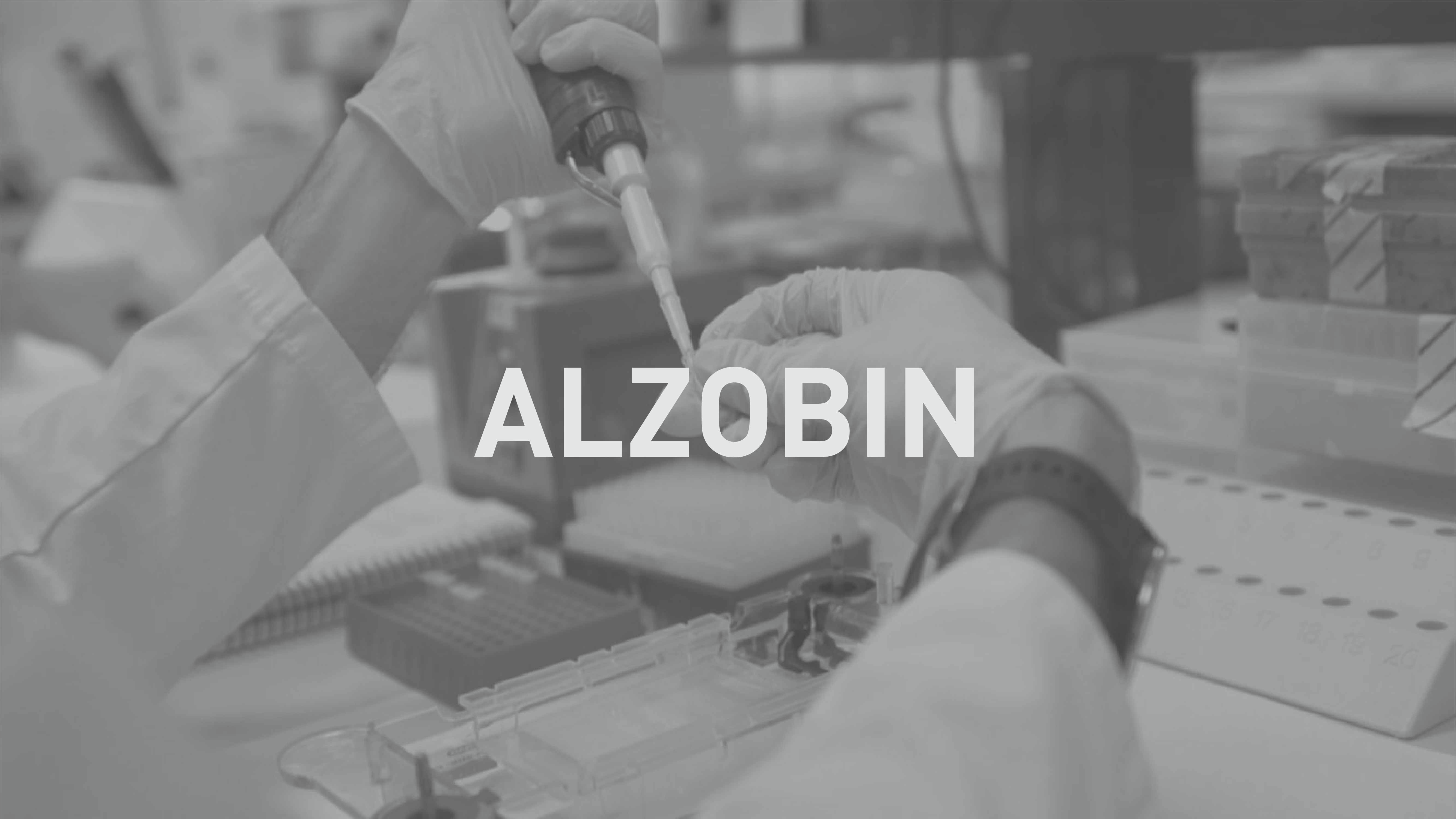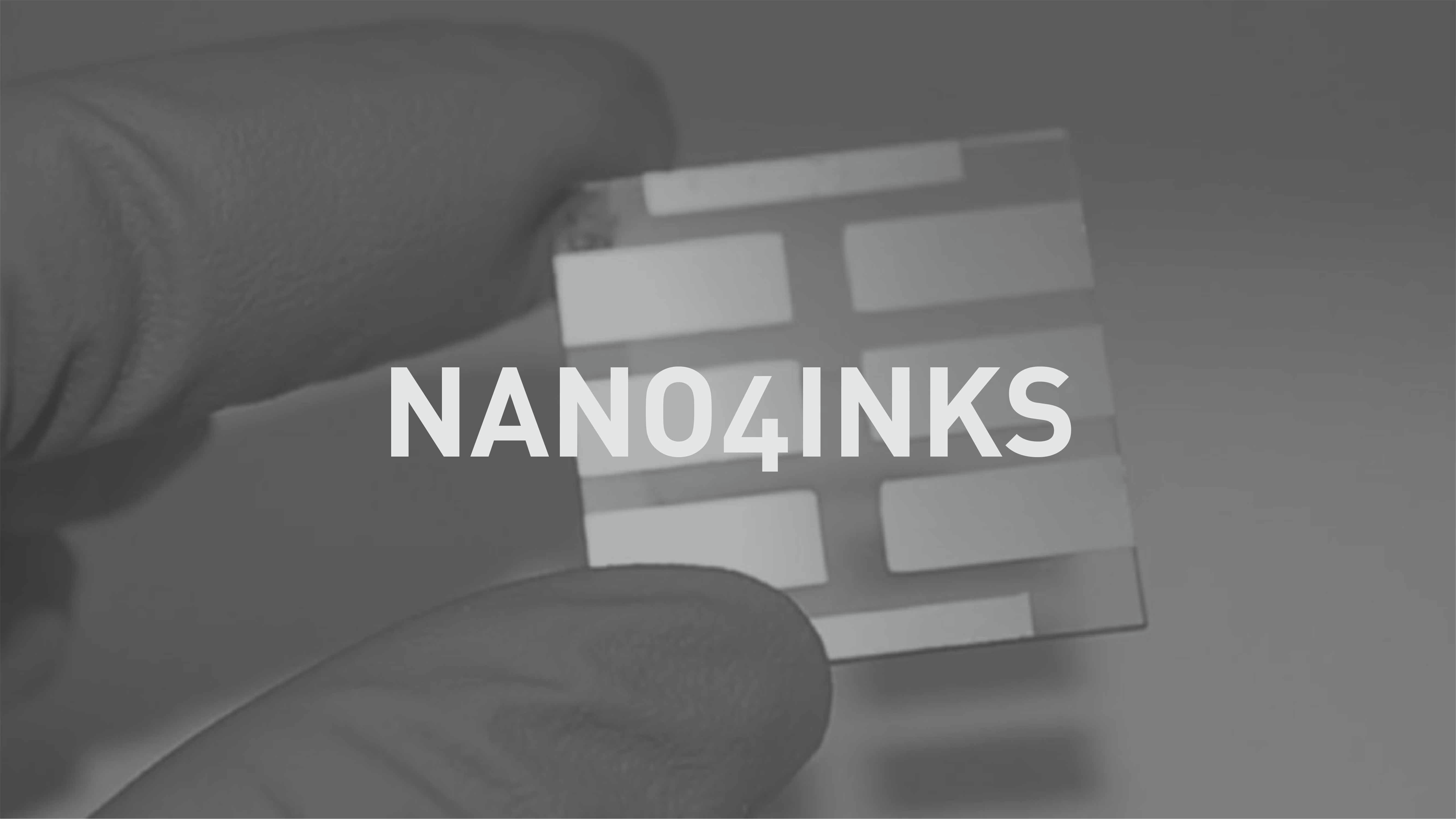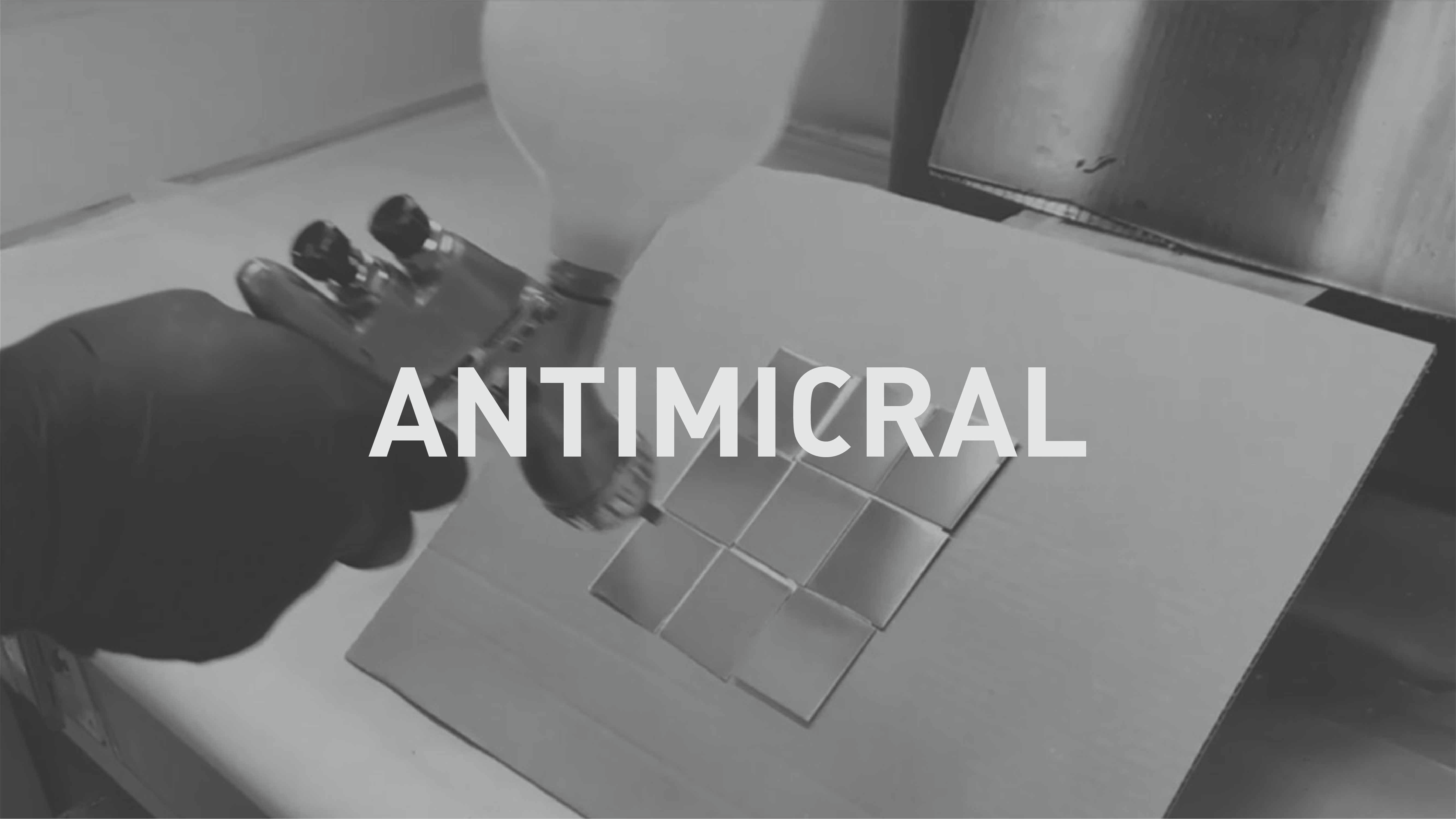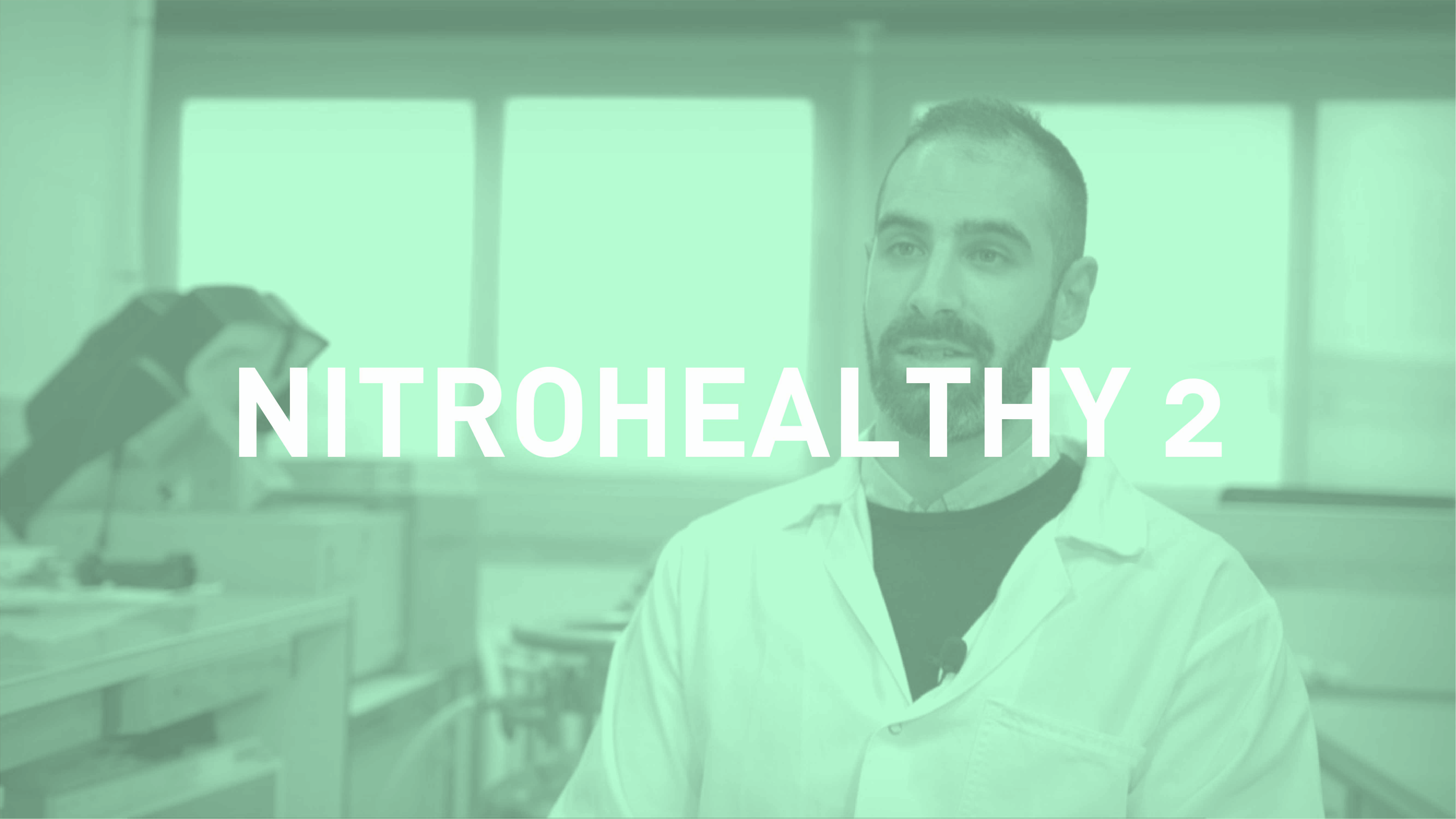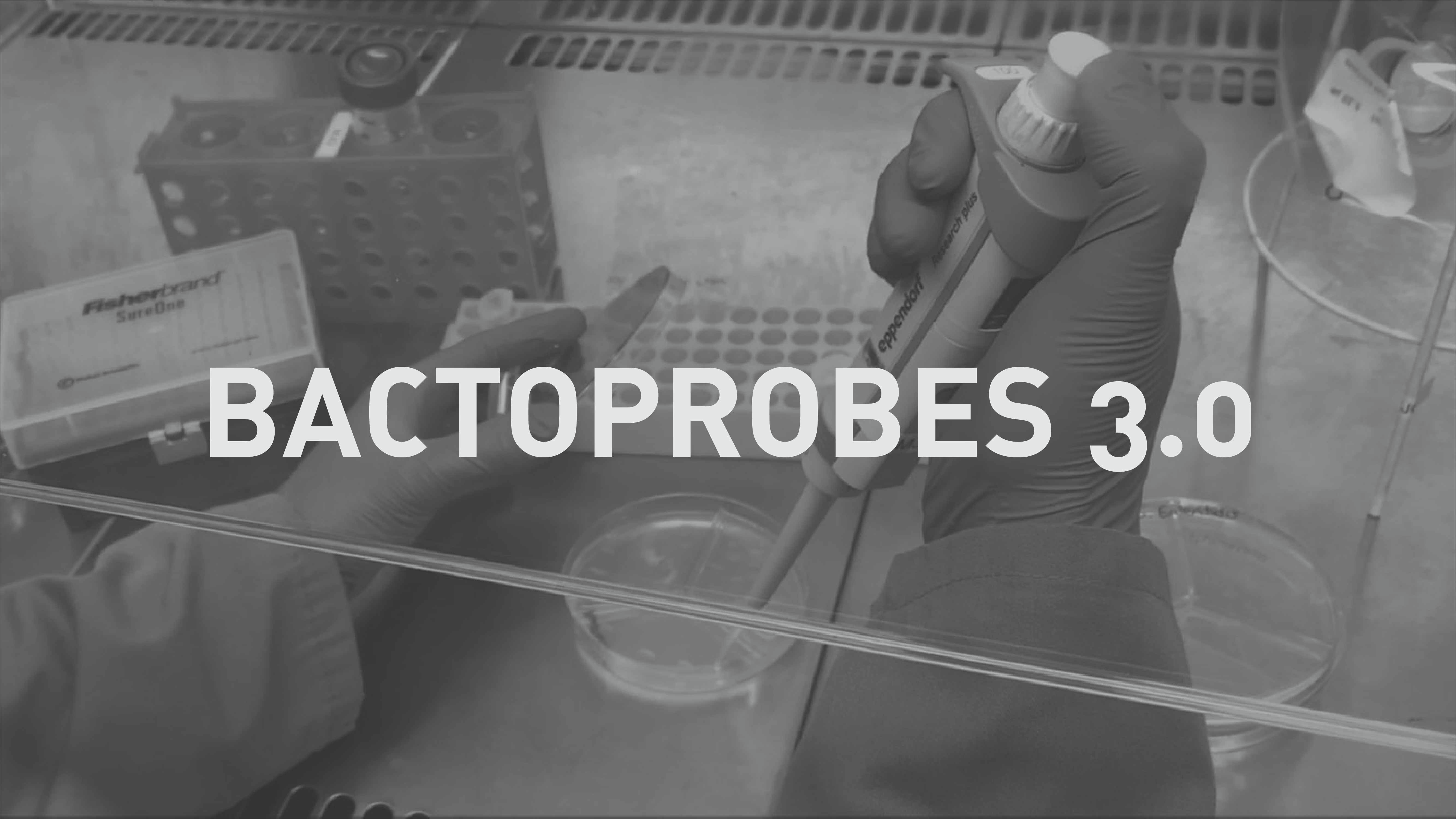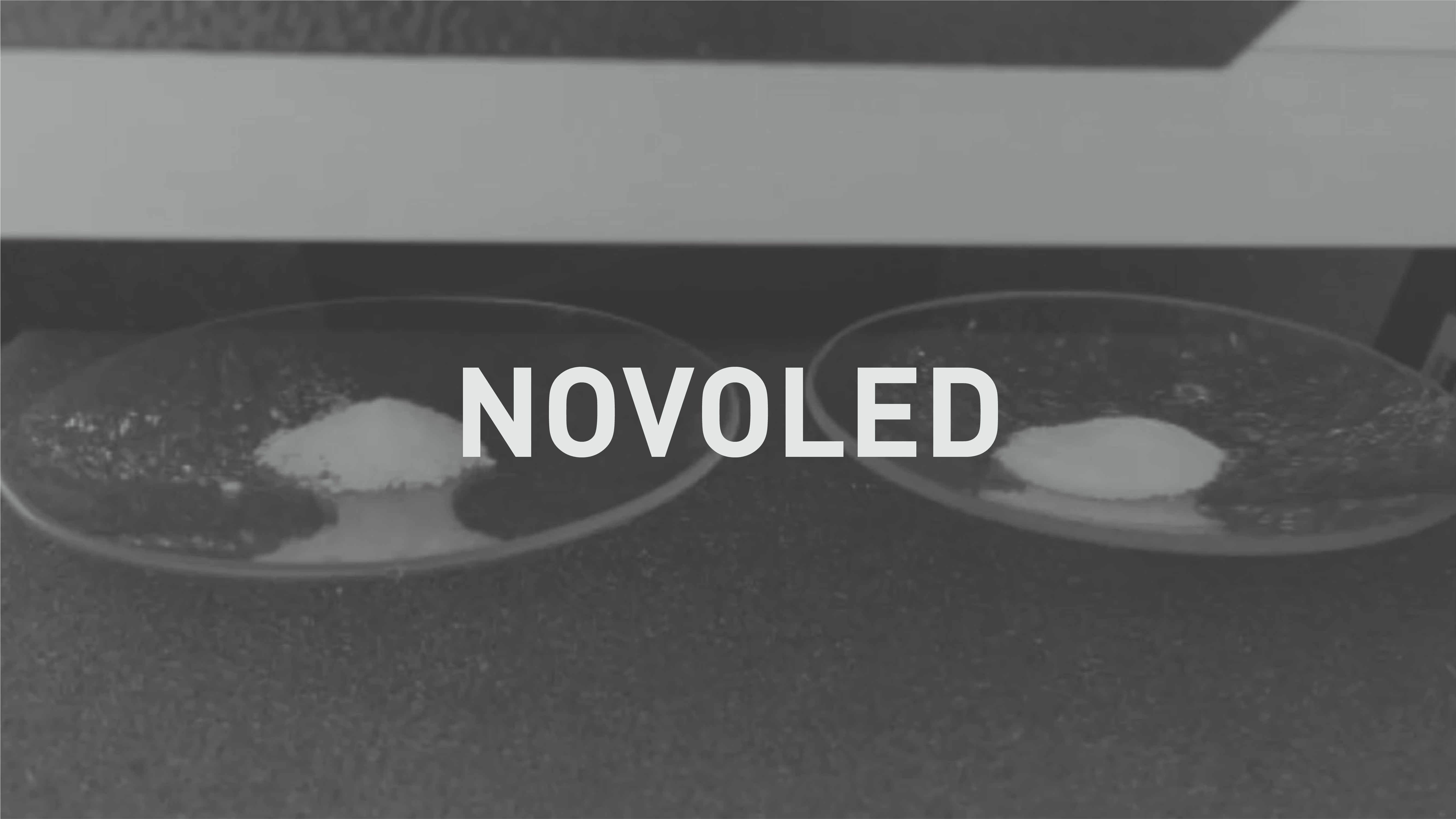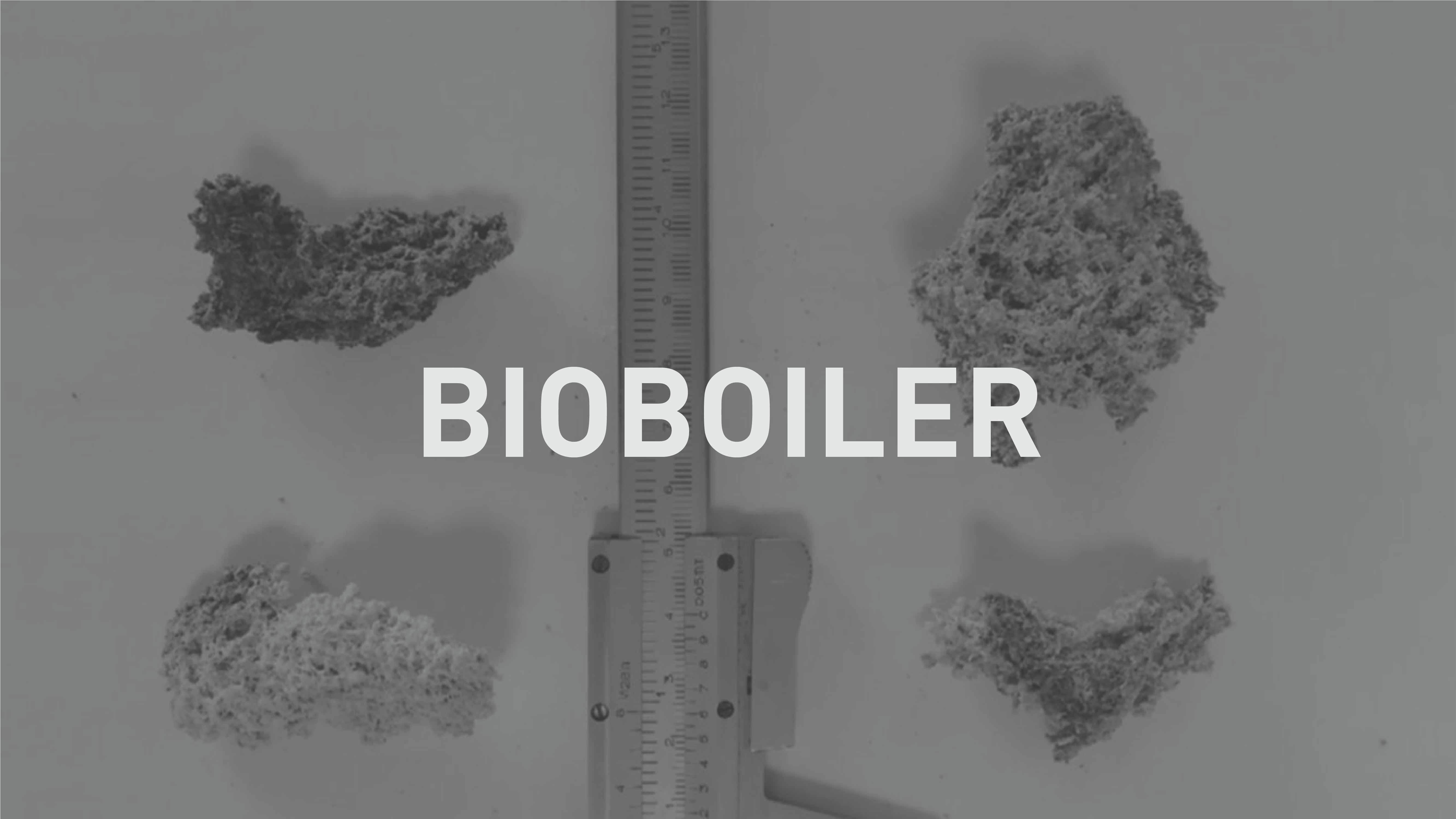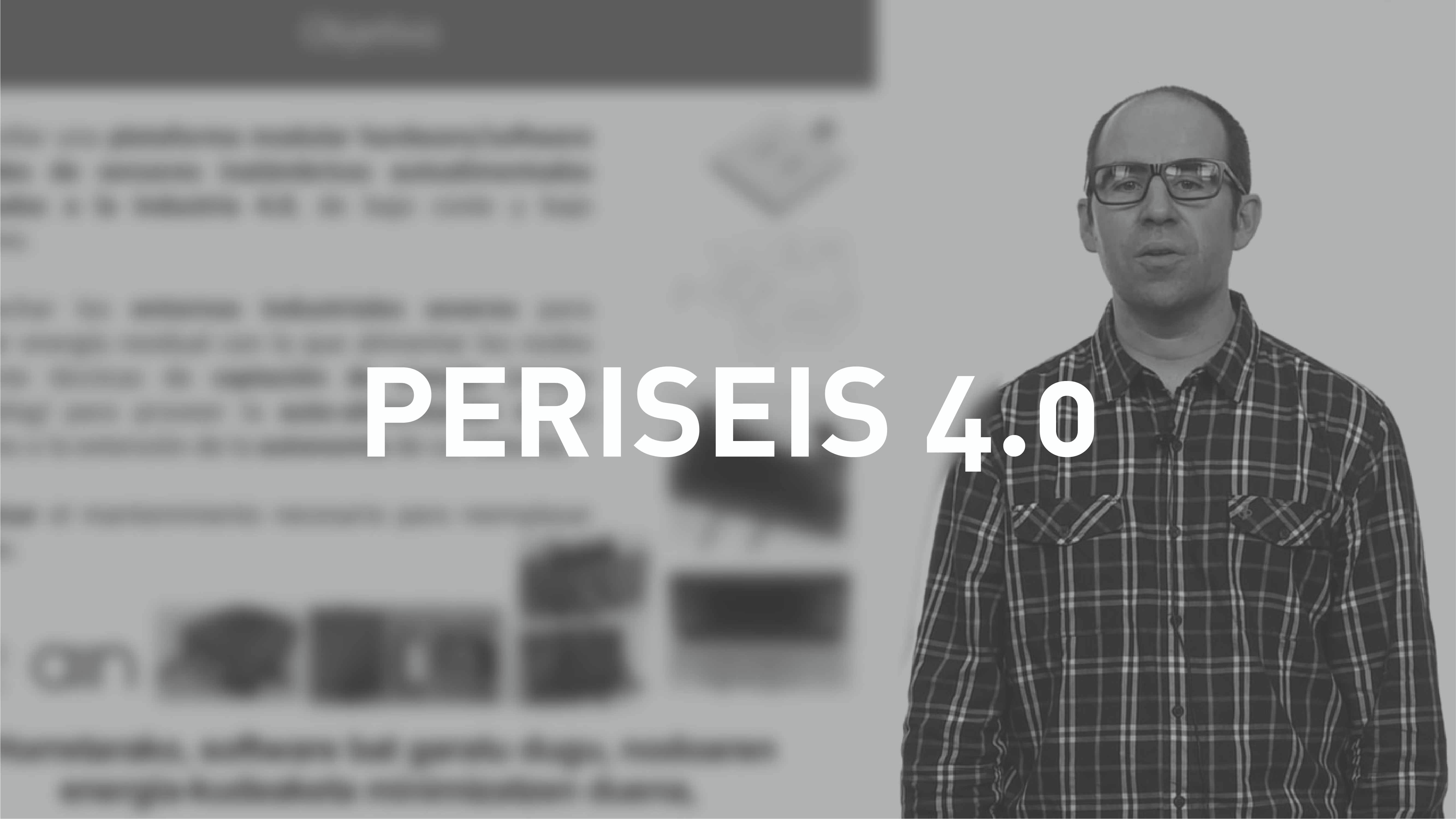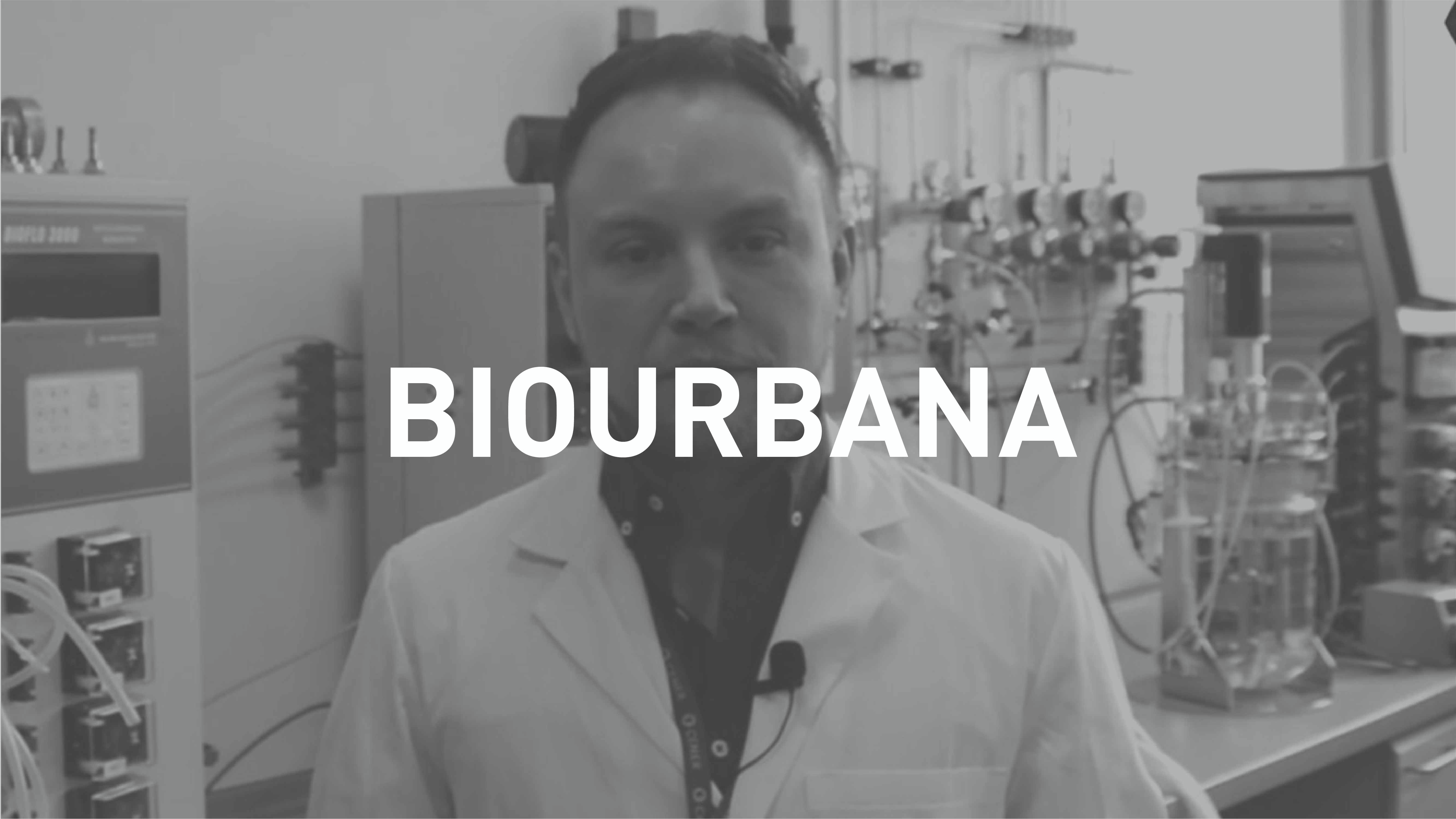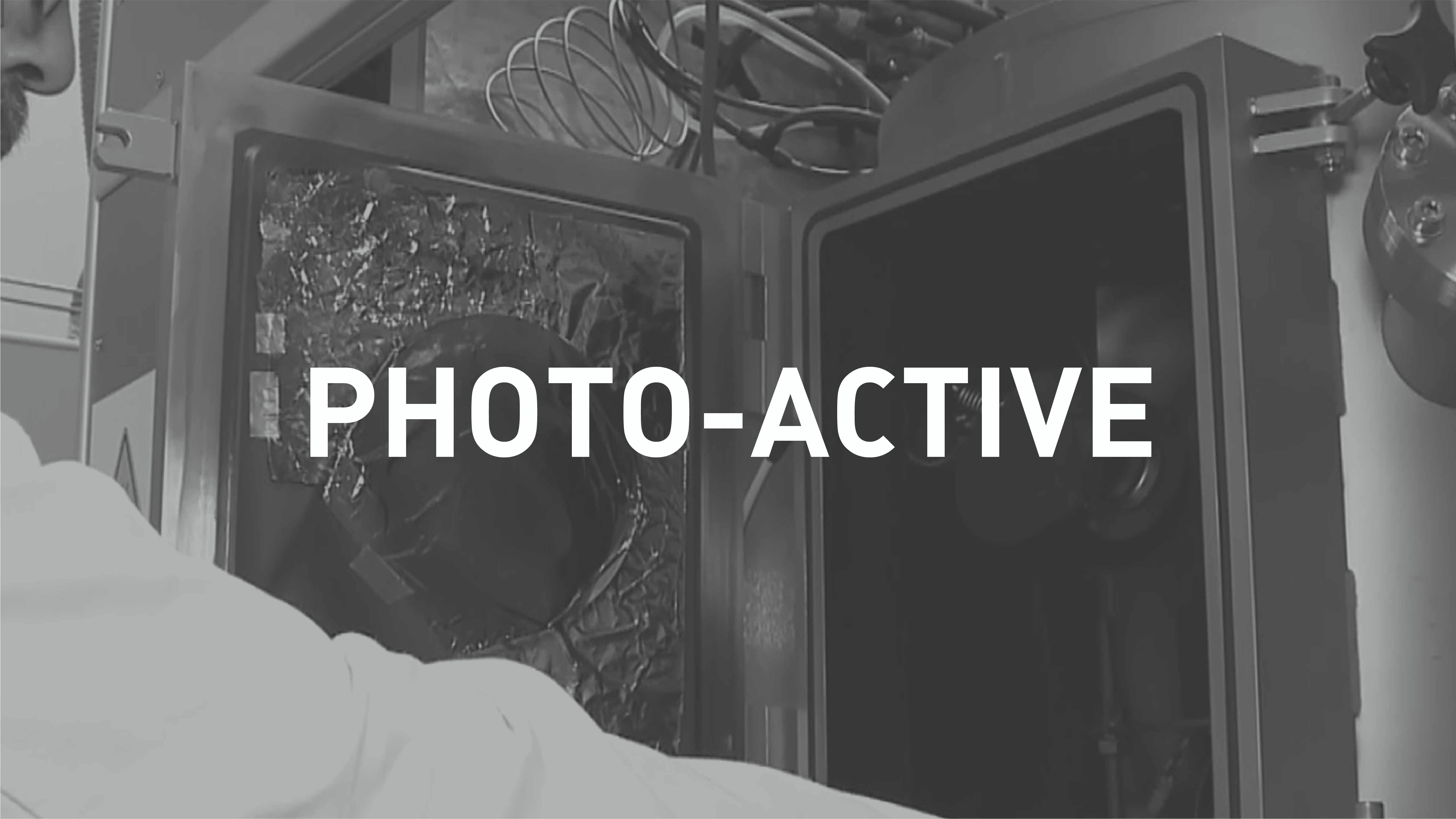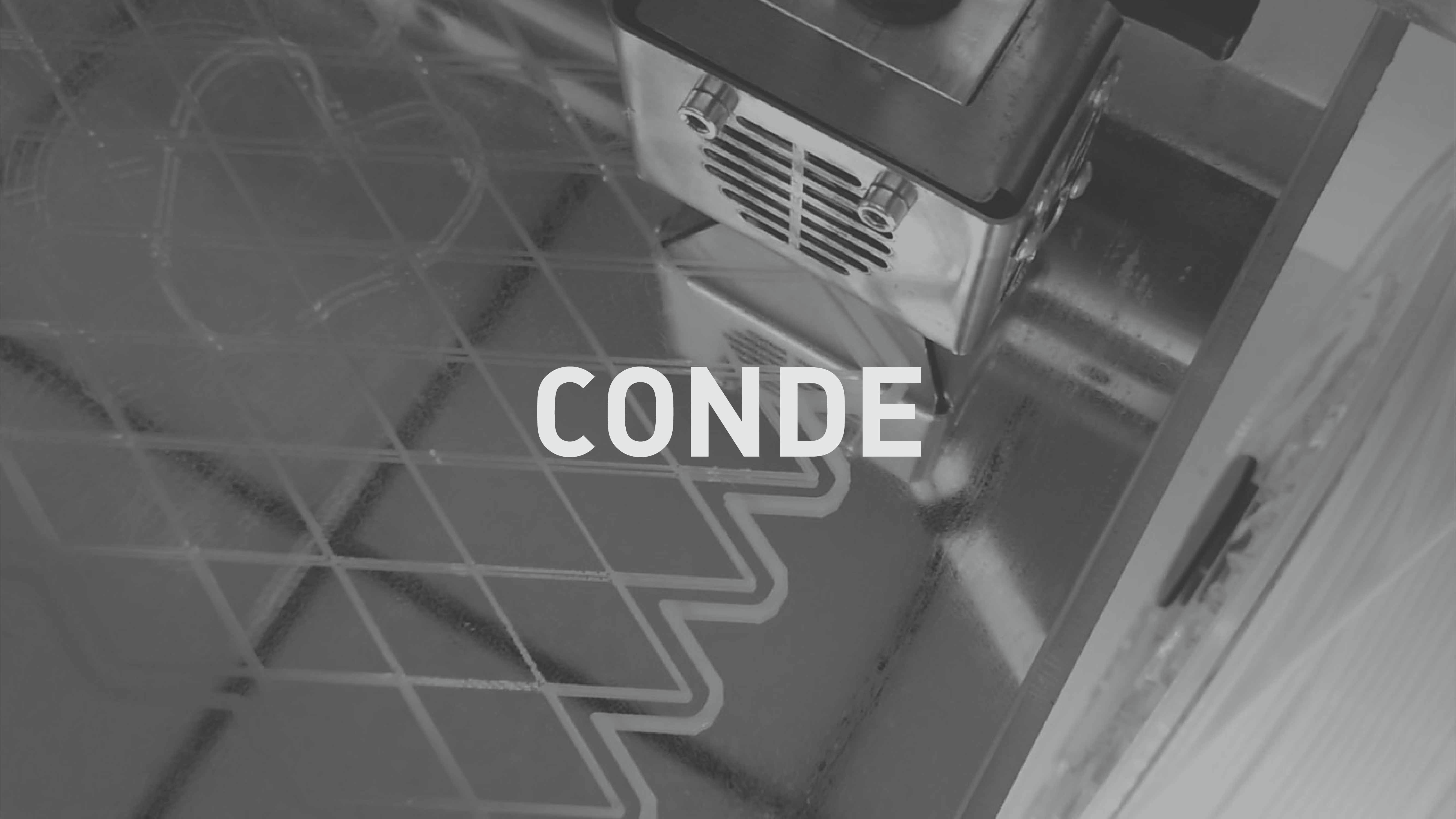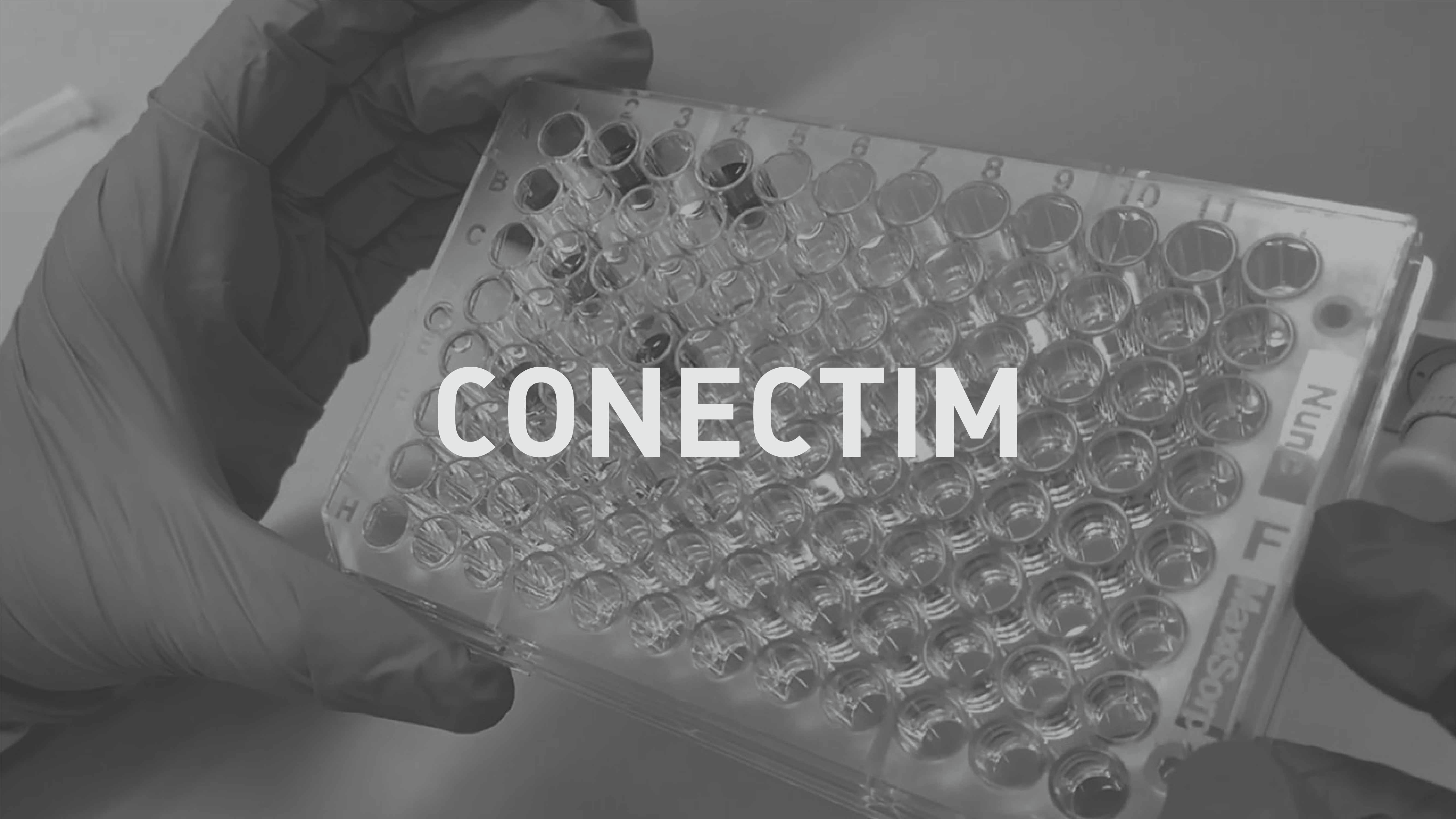Specifically, in 2018, image analysis and spectroscopic analysis techniques were used that are based in hyperspectral studies covering bands like VNIR (400-1000 nm), the NIR (900-1700 nm) and THz (75-110 GHz, 330-475 GHz) focusing on parameters like surface damage, size, firmness, colour, soluble solid content, titratable acidity and the ripeness index.
Specifically, the technical goals were the following.
- An operational hyperspectral imaging and THz system
- Research the different kinds of tomatoes using both data gathering systems Adapt and use the proposed technique for those matrices and identify the results obtained with the following quality parameters
– Detect anomalies in physical properties, like surface damage, in order to identify potential mechanical damage and damage from the cold
– Determine size, colour and firmness in order to classify products and determine the degree of ripeness
– Determine chemical properties, for example, soluble solid content and titratable acidity, also in order to determine degree of ripeness of the product
- Design the measurement system adapted to the study products (industrial pear tomato and cherry tomato)
- Do tests following traditional methodology for the study parameters mentioned above
- Establish relationships between the quality of the study products as determined by traditional methods and by hyperspectral imaging and THz
The main conclusions from 2019 are the following.
- VNIR, NIR and THz technologies are viable for controlling the quality of industrial pear tomatoes and cherry tomatoes.
- The design and development of advanced image processing algorithms has made it possible to optimise the extraction of relevant information and bring the models closer to real industrial situations.
- The multi-variant statistical analysis has made it possible to evaluate the aptness of the spectroscopic techniques proposed in predicting the primary tomato quality parameters. Given the results presented, VNIR technology prevails over the others (NIR and THz) for predicting the majority of the pear tomato quality parameters. On the contrary, for cherry tomatoes NIR technology prevails over the other techniques (VNIR and THz).
The perfect harmony and understanding between the work groups from both entities has been key in all the processes, which has without a doubt been extremely important to the success of the project.
The best proof of the progress made in the project is that the results have led to three presentations at domestic and international conferences and three to four articles to be published in high impact journals that are currently being written. Publishing the results is highly interesting for both entities, which deepens the good relationship and common purposes of both entities.
For later projects the goals are focused on the following.
- Developing functional prototypes that meet the needs of companies
- Learning more about real industrial situations
- Validating the prototypes and improving the models developed


